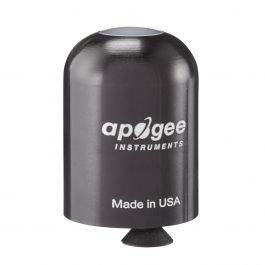- Joined
- Feb 14, 2018
- Messages
- 3,110
- Reputation
- 431
- Reaction score
- 10,019
- Points
- 0
- Currently Smoking
- La Buena Hierba Panama Haze
Do you have some meter recommendations?
PHOTOBIO LGBQM2 Advanced Quantum PAR Meter (Micromols) https://a.co/d/5QXh1Z7
This one is fairly good with accuracy pretty close to Apogee. Price is right for the budget grower.

USB Smart Quantum SQ-420X PAR Sensor
PAR (photosynthetic active radiation) is the easiest way to measure the available light for corals consume and use for photosynthesis. With LED lights giving more and more control to the consumer the best thing is a PAR meter that is affordable and simple to use. With PAR readings you can...
If you have a computer this is my preferred choice because I trust the accuracy using it for commercial and personal.

Pulse Pro
The Pulse Pro offers enhanced grow room monitoring with CO2, PPFD/PAR, light spectrum, vapor pressure deficit, temperature, and humidity tracking. This advanced monitor boasts real-time and historical data, customizable alerts, and support for multiple sensors and WiFi networks. Crafted in the...
 pulsegrow.com
pulsegrow.com
This is the goat because it does PAR and VPD while logging data.
